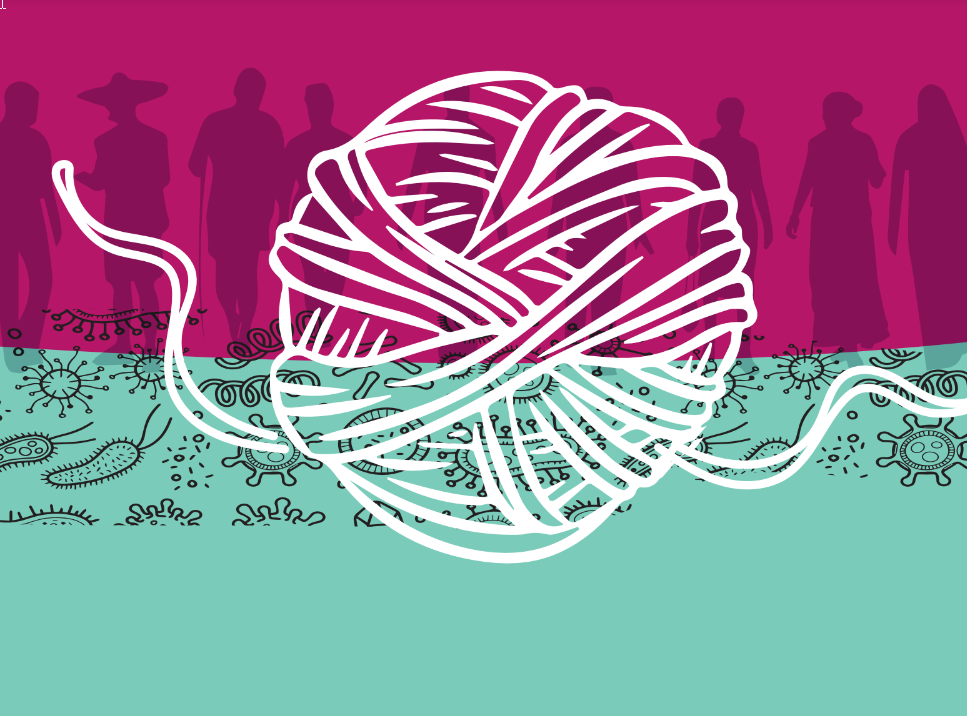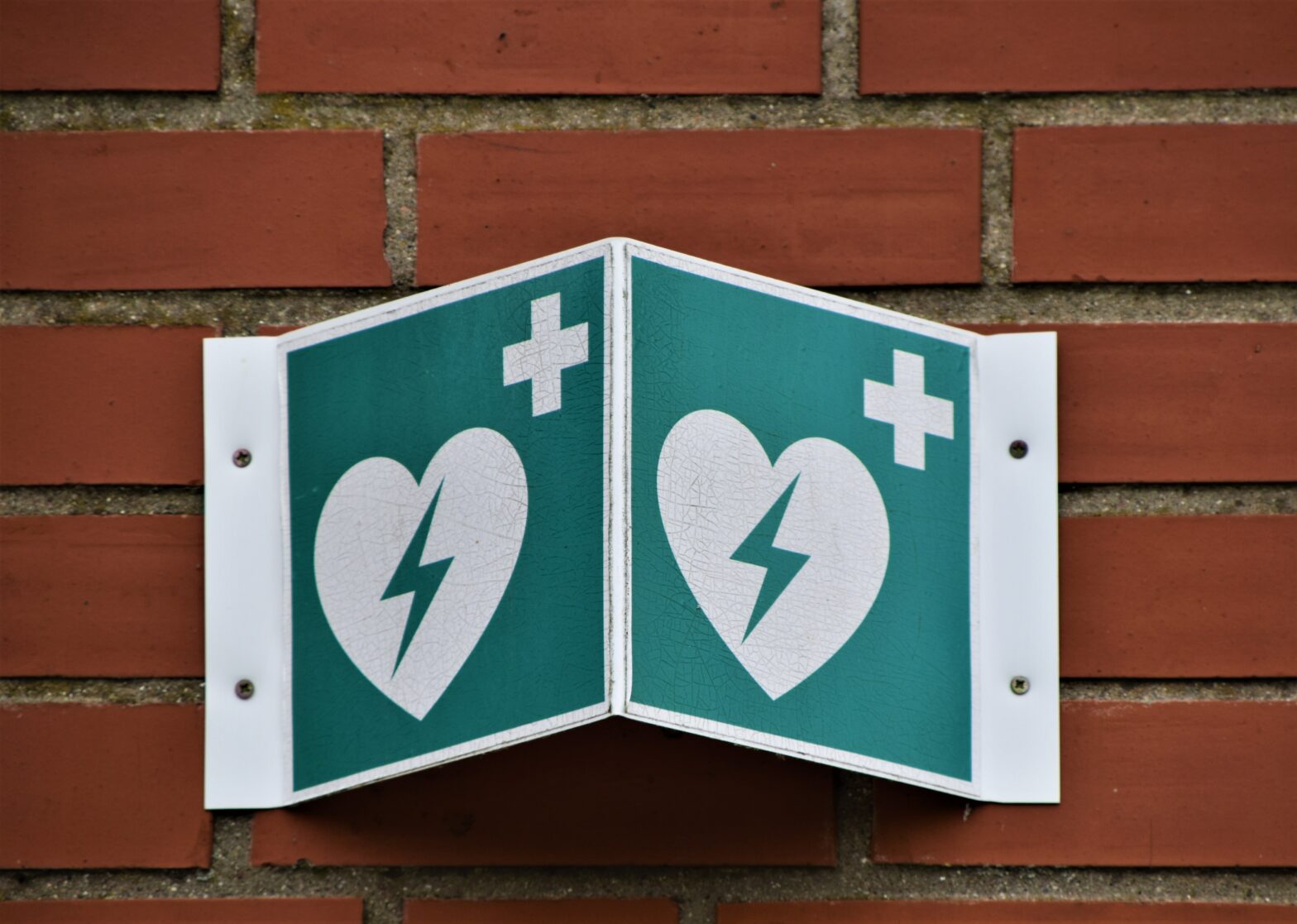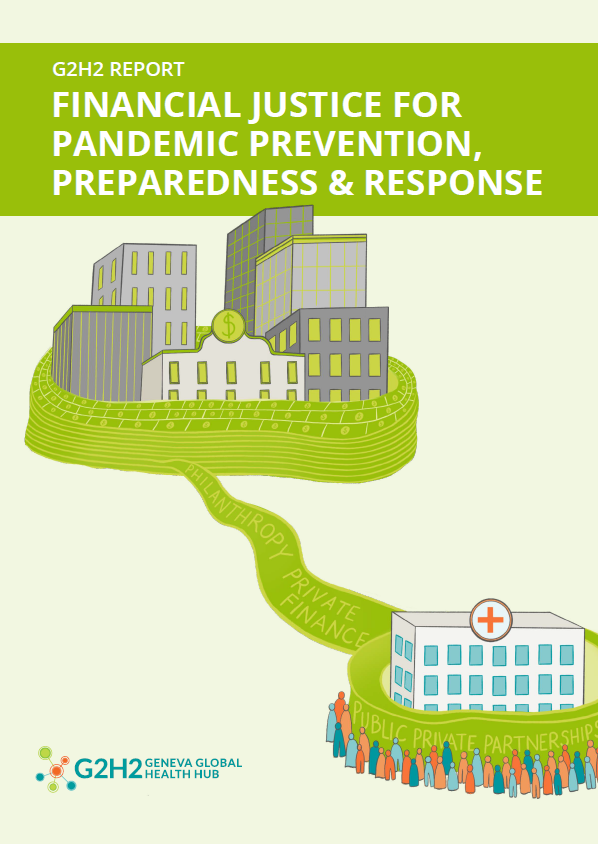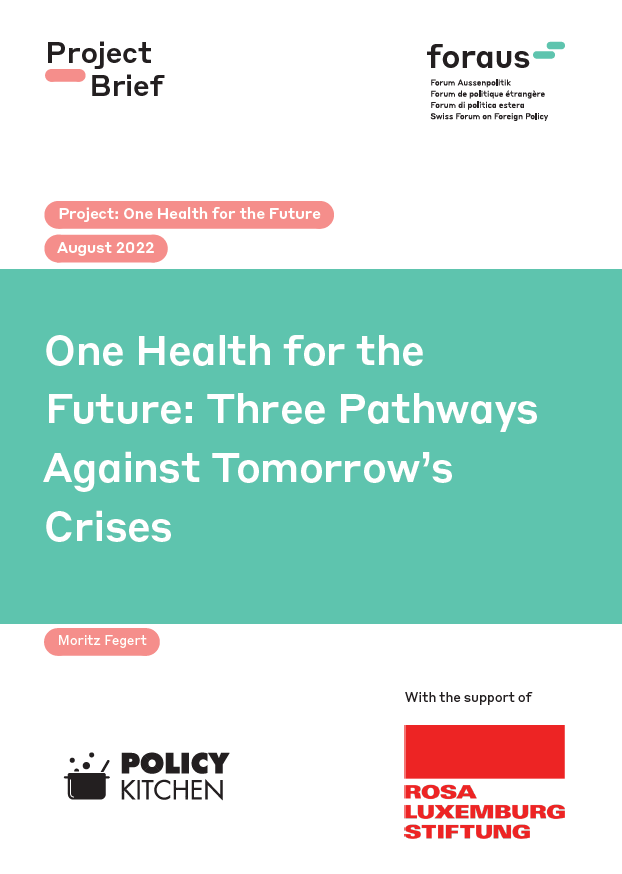Share Twitter Facebook Email Copy URL
The legacy of an unhealthy development model
Antimicrobial resistance (AMR) possibly represents the greatest global crisis in public health today, and yet – as we shall try to illustrate – the phenomenon stretches well beyond the health domain. AMR is closely associated with some of the human disruptions enshrining globalization and the unfolding era of Anthropocene, being reproduced and transmitted as vectors of disease: the environmental crisis and climate change. Already, AMR is estimated to lead to 5 million deaths every year and will claim 50 million lives in the coming decades. If “COVID-19 has revealed and exacerbated fundamental weaknesses in pandemic preparedness and response at both national and global levels […] These same weaknesses are also true of the global response to AMR”, declared the Director General of the World Health Organization (WHO), Dr Tedros Adhanom Gebreyesus, in early 2022. In fact, the risks entailed in AMR make the COVID-19 pandemic a rather amenable crisis in comparison.

AMR has become an extremely concerning scenario not so much due to the transfer of bacteria and genes – a natural and necessary biological process between humans and animals inhabiting the same environment but rather with the fact that it has literally gone out of control, altered by anthropogenic interventions. A vast majority of chemical products used in industrial agriculture and animal husbandry cycles, in aquaculture, the flower industry, and in industrial processes leading to plastic and heavy-metal pollution end up in the wild unchecked, unseen, leading to antimicrobial resistance. Human impact on the microbial world is a phenomenon that has potentially reached the catastrophic level, bringing us back to a 19th century pre-antibiotic era, when most diseases could not be treated. In 2015, the WHO Director General warned the world that AMR risked leading to “the end of modern medicine as we know it.”
In many parts of the planet, the functionality of healthcare systems hinges on the availability of effective antibiotics for bacterial infections. Surgeries, cancer treatment, organ transplantation, and community-acquired infections could be fatal once again without effective antibiotics and some of the gains in childhood survival due to availability of effective antibiotics for respiratory infections would also be washed away. This would result in millions of additional lives lost annually.



